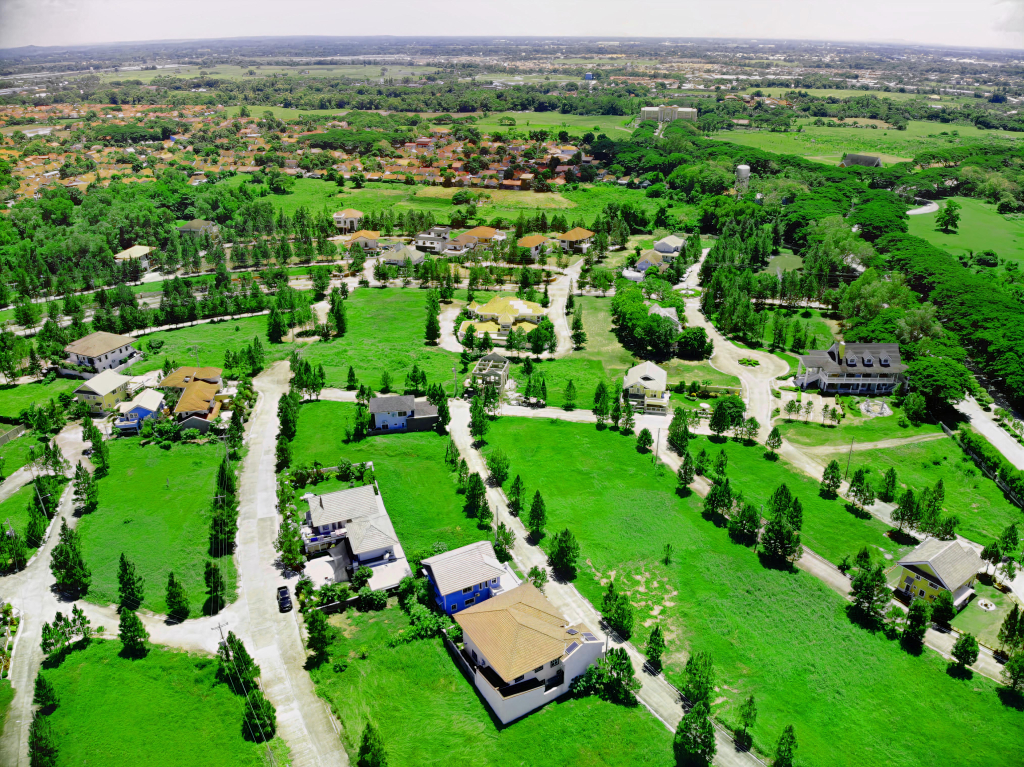What You Should Know About Buying a Lot in the Philippines
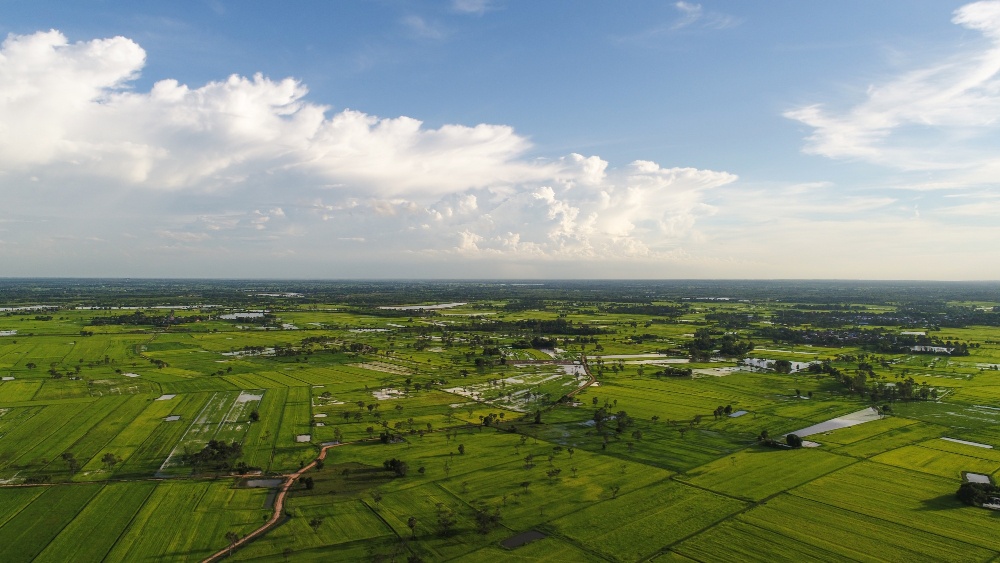
Lot purchases are popular among first-time home purchasers and investors in the Philippines looking to diversify their property holdings. Purchasing one may appear to be simple, but there are a few factors to consider.
First-time lot buyers frequently ask where to invest, what factors should be addressed before purchasing, and how the title transfer procedure works. In this article, we will help you answer these frequent questions when buying a lot in the Philippines.
WHERE TO BUY A LOT IN THE PHILIPPINES?
Despite the pandemic, the real estate market in the Philippines continues to thrive, as Filipinos continue to find it beneficial to invest in land in the Philippines, whether residential or rental property, despite the unpredictability and challenges of the situation.
For a long time, Metro Manila has been the ideal place to invest in real estate. Cities such as Quezon City, Makati, Pasig, Taguig, and Manila for the longest time are considered ideal places to buy lots. As the city gets more congested and the pandemic becoming unpredictable, several Filipinos are considering investing in or purchasing lots for sale in emerging areas around Metro Manila.
Here is a list of provinces, from Luzon to Mindanao, that are regarded as real estate hotspots:
- Cebu City
- Davao City
- Bacoor, Cavite
- Antipolo
- Angeles, Pampanga
- Baguio
- Dasmarinas, Cavite
- Imus, Cavite
- Calamba, Laguna
- San Fernando, Pampanga
THINGS TO CONSIDER WHEN BUYING A LOT
It’s important to do your due diligence before you buy a house lot. This will help make sure that the investment pays off, and it can be overwhelming if not done correctly! Here are some things for consideration when buying a plot of land:
LOCATION
One of the most difficult aspects to consider when purchasing land is its location. For many people, an excellent location is in a growing area or near your office, commercial areas, business districts, and tourist attractions. It should have easy access to the hospital, schools, markets, shopping malls, and police station.
The cost of a lot in a growing region may be costly, but it might save money on transportation in the long term. It is also handy to invest and eventually reside in such areas because they are close to your everyday necessities.
DEVELOPER’S REPUTATION
Another factor to evaluate is the developer’s reputation, as fraudulent activity in the real estate market is common nowadays. Transacting with a trustworthy developer reduces the likelihood of encountering scams, schemes, and fraud.
A reliable property developer keeps their reputation, performs on schedule, and delivers on their promises. They assure the quality of the community they establish, starting with the materials they utilize and ending with the design aesthetics. They also give a luxurious lifestyle to land and homeowners by constructing facilities such as 24/7 security, clubhouses, internal access roads, fitness centers, and playgrounds.
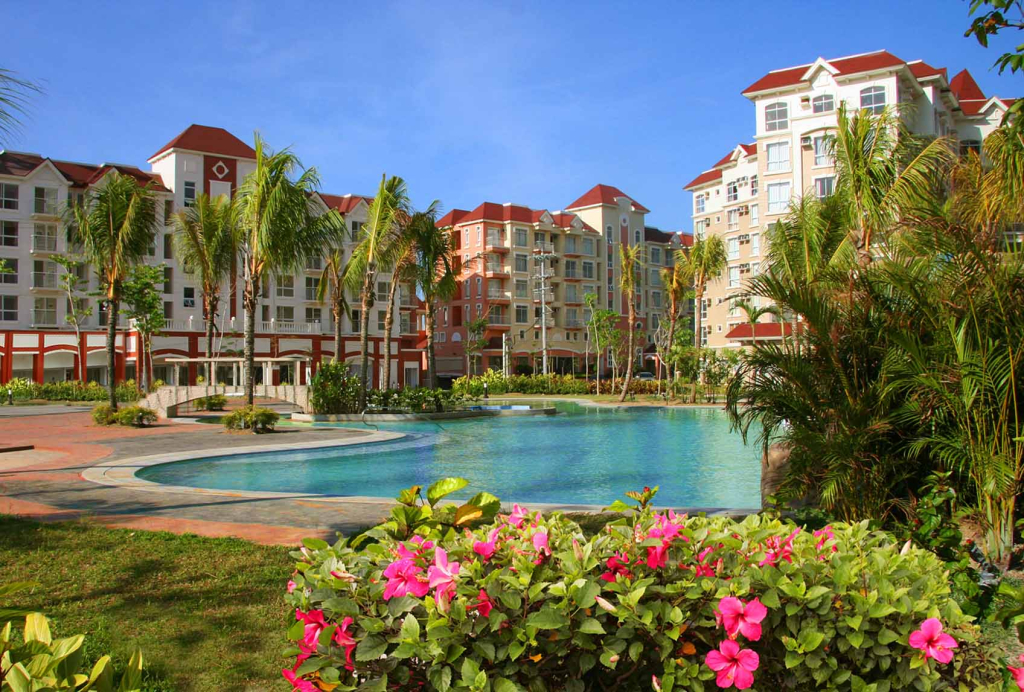
BUDGET
When looking to buy a lot for sale, the budget is quite important. It determines the size and price of the land you can afford. When reviewing your budget, keep the following points in mind:
- Lot reservation fees and down payment
- Monthly mortgage payments
- Real estate tax
- Membership dues
- Homeowner’s insurances
WHAT FINANCIAL OPTIONS ARE AVAILABLE?
When it comes to mortgages in the Philippines, there are three choices to consider: bank financing, in-house financing, and the Pag-IBIG Housing Loan.
The three may appear to be the same, but they have varying loan amounts, periods, and interest rates.
In comparison to bank financing, the Pag-IBIG Housing Loan offers fewer limits and criteria for applicants. Banks, on the other hand, do background checks and require the submission of supporting documentation.
The maximum loanable amount for the Pag-IBIG Housing loan is P6,000,000 or 80% of the entire cumulative value (TAV). Bank funding differs. It might be the exact amount or 70-80% of the evaluated value.
Banks provide low-interest rates that are set for 1 to 5 years. Pag-IBIG Housing Loan, on the other hand, has set interest rates for up to 30 years.
Finally, in-house financing, also known as owner financing, allows borrowers to get a direct home loan from the real estate developer. Unlike a Pag-IBIG housing loan or bank financing, in-house financing is normally completed in five to ten years.
LAND TITLE AUTHENTICITY
Another factor to examine when purchasing a lot is the legitimacy of the Property Title. It is essential to inspect the quality of the paper used in the title to ensure that it is clean. Property title forms are produced by the Banko Sentral ng Pilipinas and feature the texture of a bank check. Another technique to verify its legitimacy is to hold the title up to the light. The title is valid if the Land Registration Association watermark can be seen through the paper.
Aside from the type of paper used in the title, the description of the land specified in the title must be checked. The description should be accurate in terms of the land’s size and location.
PROCESS OF BUYING A LOT IN THE PHILIPPINES
When buying a lot in the Philippines, there are several processes that need to be followed. One of these includes determining what type and size property you would like as well as selecting from one or more lots available for sale at any given time based on your needs plus budget considerations (e.g., location).
1. VERIFY THE LAND’S OWNER OR DEVELOPER.
To prevent being in a position where many parties claim ownership of the land you purchased, make sure to confirm or verify the owner of the land. How? You may obtain the owner’s name and title number by requesting a photocopy of the title from the vendor. These facts will be required to get a Certified True Copy of the title from the Register of Deeds. The Register of Deeds can be found in the city or municipality where the property is located. Once you have the CTC of the title, you may verify the important data of the property being sold, such as the landowner’s name and the lot size.
2. CHECK FOR POSSIBLE ISSUES THAT YOU MAY EXPERIENCE.
Now that you have the CTC of the title, double-check to see if the description on the title corresponds to the land, either residential or commercial property, being sold. Aside from the title, you may also verify the description with the assistance of a surveyor, who can inspect and verify the lot’s technical description.
Another item to look for is the land tax declaration. of the property. You can inquire about tax declaration status at the Assessor’s Office of the municipality where the property is located.
If the payment is not updated, the seller must settle the amount or enter into a notarized agreement to do so.
Finally, as a property owner, it is critical to check the real estate agents or sellers of the property. With the rise of fraud in the real estate industry, it is critical to investigate the real estate agent or seller’s past. You may do so by contacting the developer and asking if the real estate agent is still with them or if they are associated with a licensed real estate broker. If the sale is not linked with a developer, you must determine whether or not the seller owns the property. You must ensure that all of his family members agree to sell the property via a SPA or Special Power of Attorney from the lot’s owner or owners.
3. SECURE NOTARIZED AND SIGNED SALE DEED
You can now proceed with the purchase of the property after you have confirmed that the title is clear. This stage requires you to get a notarized and signed deed of sale. A notarized and signed Deed of Sale serves as a confirmation of ownership of the property and contains all pertinent information about the buyer.
4. TRANSFER OF LAND TITLE
To begin the title transfer process, you must supply and submit the necessary paperwork to the Bureau of Internal Revenue (BIR) Revenue District Office (RDO) where your lot is situated.
The following documents are required:
- A notarized Deed of Absolute Sale with an original copy and two photocopies.
- A photocopy of each of the Deed’s signatories.
- Official Notary Public Receipt for the Notarization of the Deed
- A duplicate copy of the Transfer Certificate Title and two copies of the Owner’s duplicate copy.
- A Certified True Copy and two photocopies of the most recent Tax Declaration for land and improvement of real property or Sworn Declaration of No Improvement for lots with no improvement by the seller or Certificate of No Improvement issued by the Assessor’s Office of the municipality.
- Tax Clearance
After submitting the papers, you can obtain an assessment and pay the Capital Gains Tax or Value-Added Tax, as well as the Documentary Stamp Tax, at your BIR RDO’s Authorized Agent Bank or ABB.
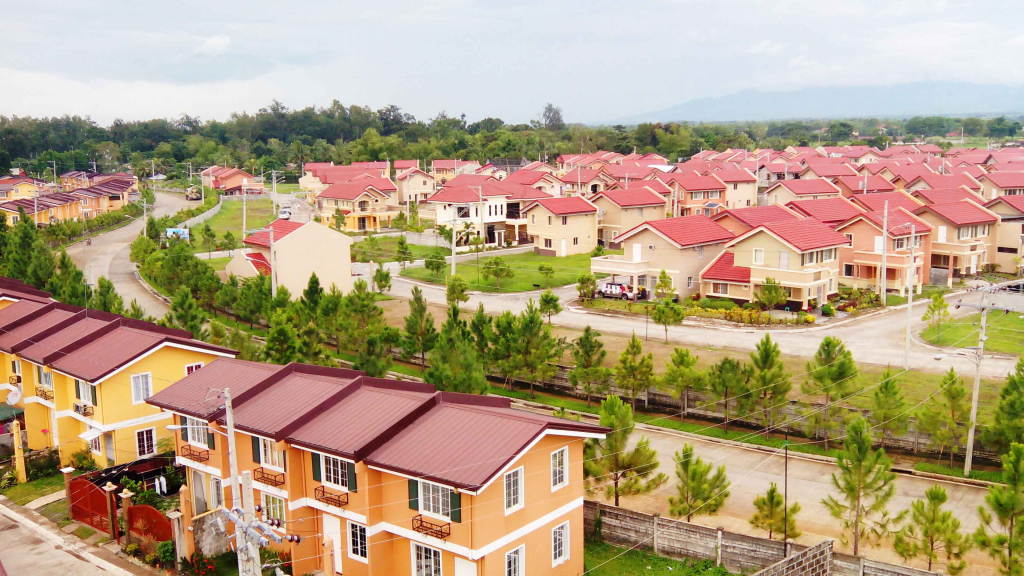
Documents Required:
- The BIR’s official and signed computation sheet
- Conveyance Deed
- Three copies of BIR Form 1706 signed by the seller for Capital Gains Tax.
- Three copies of BIR Form 2000-OT signed by the seller for Documentary Stamp Tax.
- Cash or a Manager’s Check Make sure to check with the bank for the particular wordings that will appear on the Manager’s Check.
You can now submit your paperwork to your respected BIR RDO to obtain the Certificate Authorizing Registration, or CAR, after paying the Capital Gains Tax or Value-Added Tax and Documentary Stamp Tax.
Following the submission of documents, you will be given an estimated time frame for picking up the two copies of the Certificate Authorizing Registration (a blue copy for the transferring process and a brown copy for your records), the original deed of conveyance stamped as Received by BIR and signed by an RDO Officer, and some supporting documents. Normally, it takes at least two to three weeks to receive the CAR.
Once you receive the Certificate Authorizing Registration, you may submit the Deed of Conveyance, Tax Clearance, Certificate of No Improvement for Lots, BIR Certificate Authorizing Registration, and Special Power of Attorney (if the transfer will be handled by someone else) to the Treasurer’s Office of the Local Government Unit where the property is situated.
The Treasurer’s Office will then compute the Transfer Tax, which you can pay in cash or by Manager’s check. You will then be handed an Official Receipt for the payment of Transfer Tax, a rubber-stamped mark from the Treasurer’s Office on the reverse of the Deed of Conveyance, and/or a Tax Certificate.
Documents Required:
- Conveyance Deed
- Tax Clearance
- Lots with a Certificate of No Improvement
- The BIR’s Registration Authorization Certificate
The papers should then be submitted to the Registry of Deeds for the calculation of registration costs. It would take at least two to three weeks after payment to present the new title.
Documents Required:
- Conveyance Deed
- Photocopies of all signatories to the deed.
- Official Notary Public Receipt for the Notarization of the Deed
- A true and certified copy of the title
- A accurate and verified copy of the most recent Tax Declaration
- Tax Clearance
- Approval from the Homeowners Association
- Certifications such as:
- Certificate of Birth
- Marriage License
- Certificate of Non-Marital Status
- Both the original and a duplicate copy of the title
- The BIR’s Registration Authorization Certificate
- Official Receipt for Transfer Tax Payment
- Special Power of Attorney (given that someone else will process the transfer)
The final step in transferring your land title is to submit the documentation to the Assessor’s Office in the municipality or city where the property is situated. The Assessor’s Office will subsequently issue a new tax declaration, together with the assessment charge, to the new owner.
Documents Required:
- A certified true copy of the new title
- A photocopy of the previous title
- Deed of conveyance
- A certified true copy of the latest Tax Declaration
- Original and two photocopies of Transfer Tax Receipt
- Original and two photocopies of Business Tax Receipt / Business Permit if the previous owner is a corporation
- Duplicate and photocopy of BIR Certificate Authorizing Registration
- Original and photocopy of Tax Clearance
- Photos of property
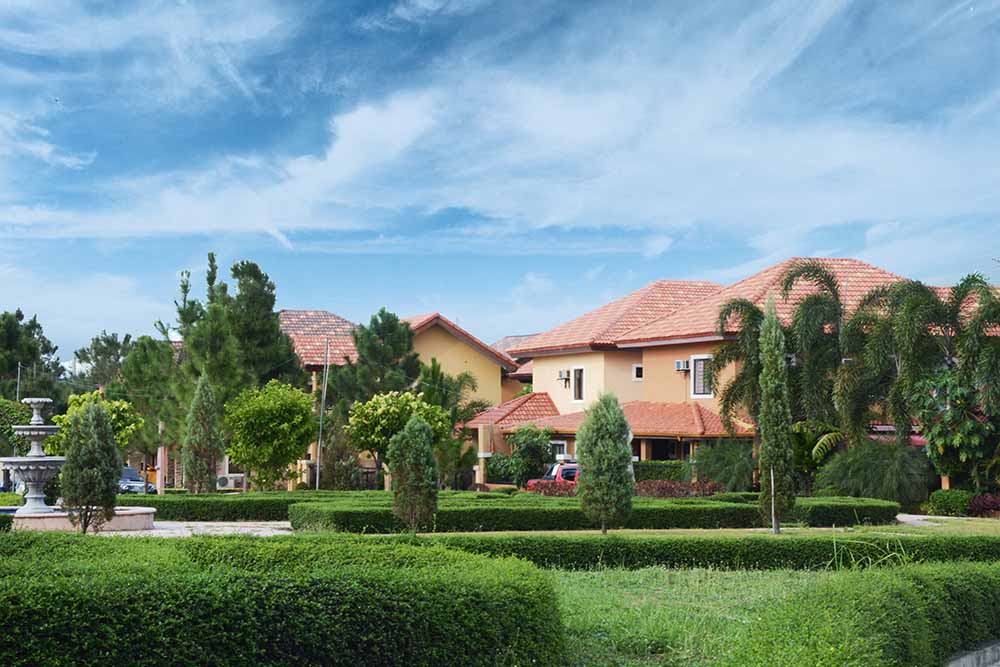
THE COST OF TITLE TRANSFER OF REAL ESTATE
Transferring the land title from the seller to the buyer entails expenses that both parties must pay. Here are some of the most frequent expenses that sellers and purchasers face when transferring a property title:
SELLER:
- Unpaid property taxes
- Capital Gains Tax of 6% of the selling price on the Deed of Sale or the zonal value, whichever is greater.
BUYER:
- The registration fee is 0.25 percent of the selling price, zone value, or fair market value, whichever is greater.
- Transfer Tax – 0.5 percent (in provinces) or 0.75 percent (in Metro Manila) of the selling price, zone value, or fair market value, whichever is greater.
- Documentary Stamp Tax: 1.5 percent of the selling price, zone value, or fair market value, whichever is greater.
- Miscellaneous and incidental fees incurred throughout the registration procedure.
